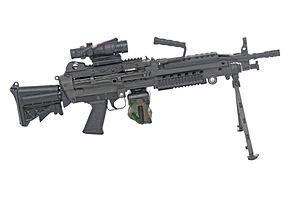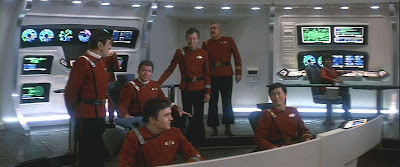In 1977 Star Wars opened and blew the minds of we who were at the right age. This may be hard to believe for the media and Expanded Universe drowned children of today, but minus the toys, one novel and some embarrassing TV appearances (the infamous Holiday Special that George Lucas vowed to smash every VCR tape of with a hammer, and Donnie and Marie which oddly predicted Luke and Leia's relationship on a variety show), there was no new Star Wars for a while.
The saving grace was a TV series that brought “pseudo Star Wars” regularly into our homes:
Battlestar Galactica.
It was like throwing some stale Twinkies to a starving man.
It wasn’t great.
It wasn’t healthy.
And
Who knows what went into it.
But it was there, and it gave us the science fiction equivalent of occasional creamy filling goodness.
There was no Jedi or Force, but the focus on a bunch of viper pilots on the carrier like Galactica served as a prehistoric version of Rogue Squadron stories.
The Empire Strikes Back finally gave us the return of true Star Wars in 1980, acting as the final nail in the coffin for the already limping follow up series Galactica 1980.
But in 2003 what has been praised by fans and critics alike as the height of the art of reworking and restarting an old concept brought Battlestar Galactica back to the airwaves.
The question is:
How can one rate the purely emotional ties that developed for a show that served an important purpose in childhood to the far more complex, higher quality and more intricate efforts to create an engaging story and build the franchise anew.
What follows are the complete details of my intellectual, technical and emotional analysis to compare and contrast the impact of the original series to the reimagining of Battlestar Galactica:









































